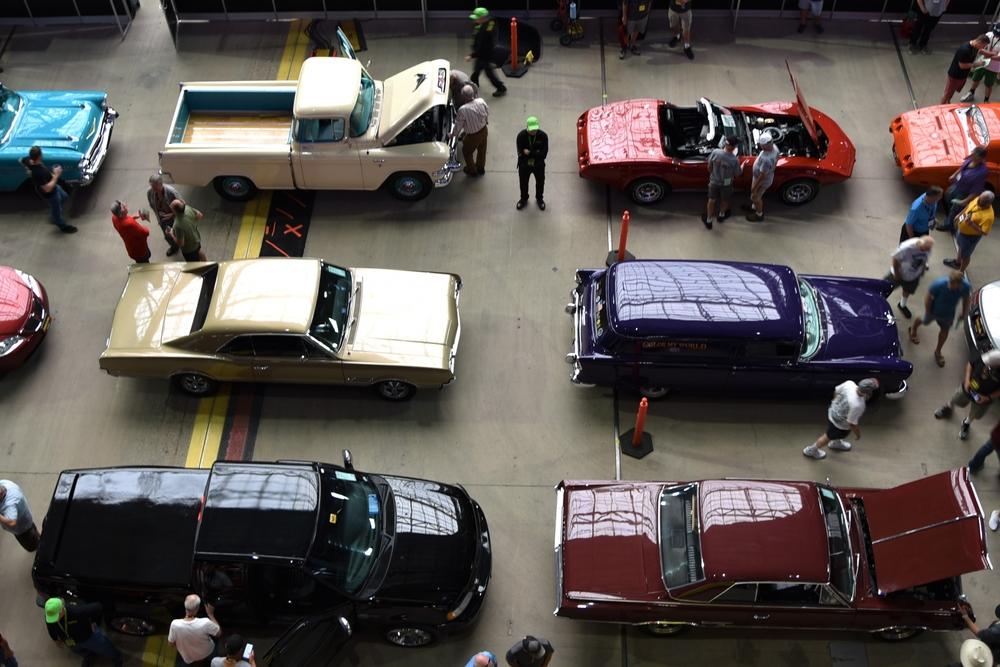When the topic turns to investments, many people discuss stocks, bonds, and perhaps real estate. But what if there’s an asset languishing in Grandpa’s garage under a layer of dust that could fetch a six-figure price?
Some investors see vehicles as viable alternatives to traditional assets. Many specialize in vehicles in perfect shape from specific manufacturers or production years, and others simply seek a good deal, regardless of age or condition. As with most investments, one can make impressive profits or lose a significant amount of money.






